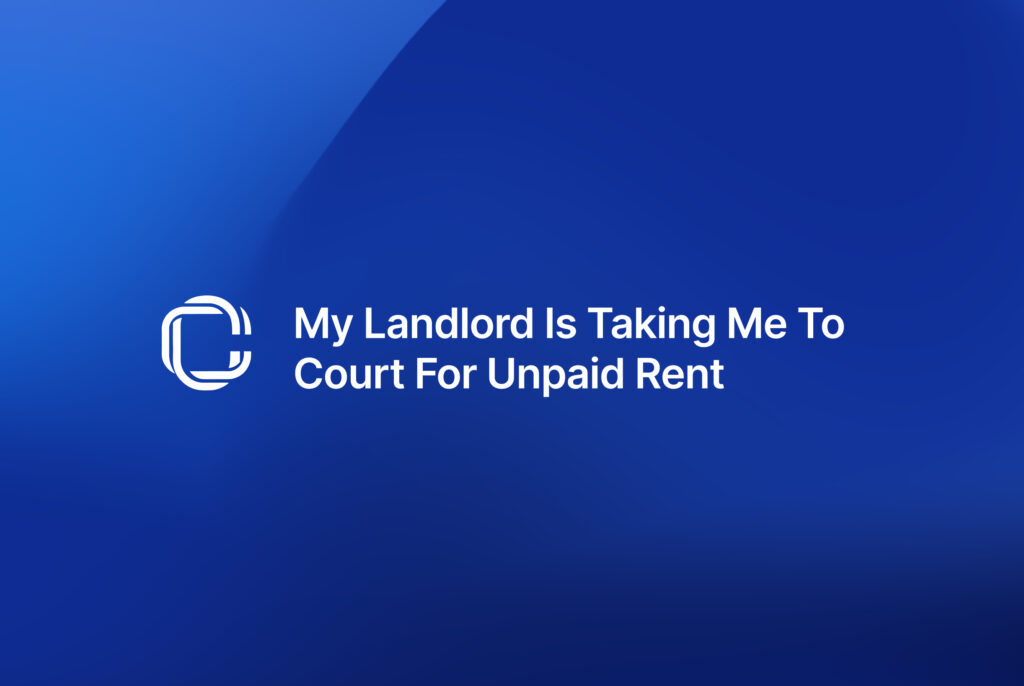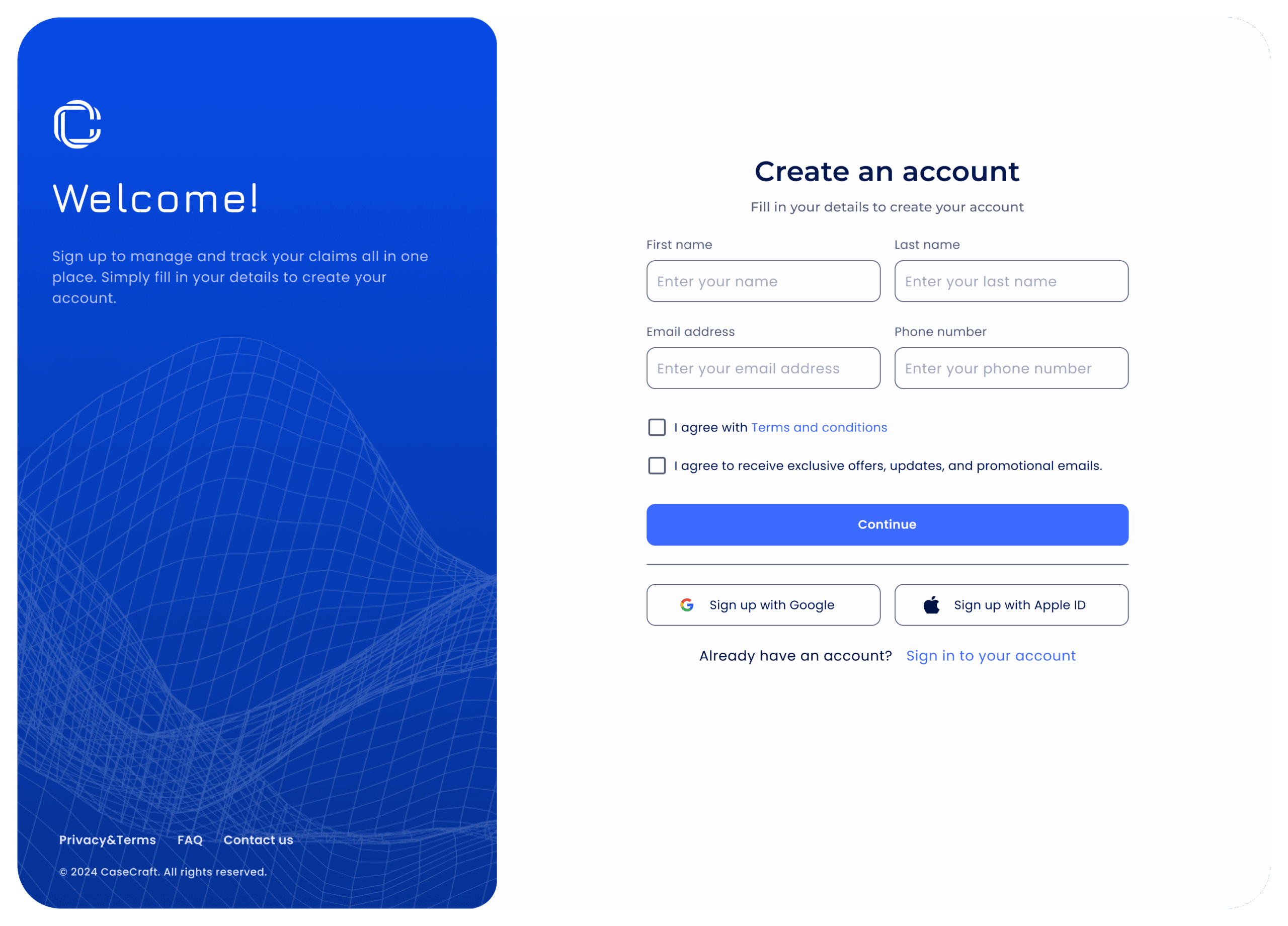Learn how to spot red flags from clients who may delay or avoid payment. Discover practical steps freelancers can take to protect themselves legally and financially.
The experience of getting paid should not be faced with uncertainty. However, getting paid late, or not at all, is a part of freelance life that’s all too familiar; most self-employed people face it from time to time. Although we can’t know every unique scenario where a client might experience falling behind, there are oftentimes minor warning signs that could highlight that there is an issue in the early stages of your work.

In this article, we will go over five potential red flags that your client may not pay you, and how to address said problem before it’s too late. Whether you are a first-time freelancer or well-established in your career, these red flags can help you preserve your sanity and your income.
Why This is Important
Freelancers do not typically have HR departments, contracts with legal protection, and the energy to track down every outstanding invoice like specific employees do. Therefore, it’s possible to waste hours of work on a prospective client who might be a bad one. Because freelancers cannot afford to waste their time or money, identifying as many bad clients as possible quickly is not just important, it is imperative.
Recognising the red flags before they become larger issues can help you manage the risk, protect your time, and create the boundaries that underscore your professional worker status.
1. Ambiguous or Missing Terms
Red flag! A client who will not put down essential terms (such as what is in-scope, timelines, payment terms, and cancellation terms) is a problem. Some clients will say that they do not “do contracts” or that email communication is more sufficient. Others will drag their feet in finalising important terms, even after you start working.
Why is it a red flag? In the absence of any kind of agreement, a client can go back on their words as opposed to an agreement that specifies what the goals and timing are…or could simply ignore their obligations altogether. Even if they paid you with a cheque, if you need to take some action under the agreement later, there is less legal protection.
How should you respond? Always push for a contract. Even if it is very brief and only outlines the scope of work, deliverables, fees and timing of payment, anything is better than nothing. If a client is against agreeing to anything in writing, it is probably best to walk away.
2. Delays in Communication, Especially Around Invoicing
A client has followed your communications in the project briefing, yet once you send the invoice, they disappear. This could be an indicator that they are experiencing cash flow difficulties or that they simply do not wish to pay.
Why it is a red flag: If your client development communication has lapsed after you submitted the invoice, you may be looking at long payment delays (if you get paid at all). Delayed communication from a client could also be a sign of a disorganised client or internal struggles with conflicts/disputes arising from the work you provided them.
What you can do: Manage expectations up front. Confirm with your client and any other stakeholders you are engaging with, who the invoice is going to, when it is being processed and what source of payment the client will pay you from. Once the invoice is one week overdue, reach out to the client (and other key stakeholders) and ask if everything is okay, if you have received no communication in the meantime. And if it’s overdue by a ridiculous amount of time, it should not come as a surprise to them if you elevate the situation.
3. A History of Complaints from Other Freelancers
The freelance community is tight-knit, very interconnected, and even supportive of each other. If a potential client has a history of clients missing due payments, widening scopes, or ghosting freelancers after they completed the project, that is a red flag.
Why this could be a red flag: Past behaviour is often the strongest predictor of future behaviour. If multiple people are having problems getting paid, there are likely many reasons to believe that said client will do the same, based on that feedback.
How to do it: Do your due diligence. Check freelance forums, LinkedIn posts, or look for reviews on Glassdoor. If things are already feeling off, don’t be afraid to ask the client for references and trust your gut if they seem nonchalant or evasive.
4. Changing the scope without changing payment
You negotiated a flat fee. Then the client asks for “just one more thing”, and it is another deliverable, or a faster turnaround time than originally discussed, or even another deliverable that is a completely different direction, and they expect you to do it free of charge, without acknowledging that it is changing the scope of the project.
What that looks like: A client who is unreasonable about scope may abandon the idea of paying for a completed deliverable. They are preparing for a dispute at invoice time.
How to manage it: Be polite, but also reasonable. Let them know you will want to have a new quotation or scope of work because doing the new work will require a re-negotiation of the original agreement terms. Ensure you confirm your agreement in writing.
5. Very Complicated Payment Processes
Some clients are vague, such as “the financial department will deal with that”, or will indefinitely delay the purchase order with: “the purchase order hasn’t been cut”, or “waiting on our CFO”. This could also be just stall tactics if it seems too bureaucratic.
Why is it a red flag: Complicated payment processes have also delayed or completely stalled payments, especially when nobody has the authority to put a payment through.
How to manage it: At the beginning of your engagement, if possible, ask for clearly defined terms and timelines around payment. If possible, request a partial upfront payment and always check who the budget owner is in their own organisation before starting your work.
What to Do if You Are Worried Already
If a client has already demonstrated some of the red flags above, you do not need to wait for it to go wrong. You can, of course, just move on, but if you want to carry out some actions, consider the following:
- Stay polite: Be firm and state at least the invoice number, the due date, and the amount that is now overdue.
- Set a deadline: if payment is overdue, ask for a deadline to resolve “by the end of the week”.
- Send a Letter Before Action (LBA): This is a professional warning that you may do something after having received the LBA. Some clients will simply wait to pay until they receive the Letter Before Action. Others do several different things after they receive the LBA.
- If all else fails, file a claim in small claims court: If you live in the U.K., small claims court is available to freelancers owing less than £10k.

How CaseCraft.AI Can Help Freelancers
CaseCraft.AI is designed to help freelancers and self-employed people like you when you are dealing with your wrongfully late payments. We have made it easy and different to help you with:
- Drafting a legally structured Letter Before Action
- Uploading and managing your contracts, emails, and invoices
- Registering a small claim in England and Wales, all in minutes
- Tracking deadlines and managing your claim from the starting point to the end
There is no legal jargon with us, and you don’t have to pay an expensive solicitor. Just a simple step-by-step way to get what is owed to you!

Concluding Thoughts
Freelancing provides a chance for freedom, but it also inherently carries risk. Learning to spot the red flags should give you back time and frustration. Trust your instincts, define your limits and always have a written agreement with clients if at all possible.
If things do go wrong, bear in mind: you have not lost control. The small claims process is designed for this purpose, and we are here to help you navigate it quickly and affordably.
Take your business back from late or missing payments. Protect your time, talent and income. The time is now with CaseCraft.AI!














